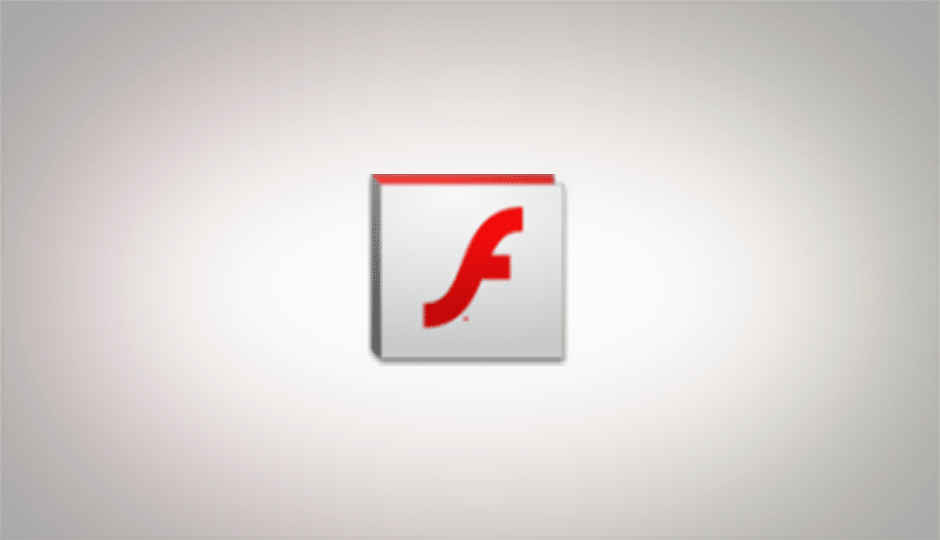Flash 10.2 promises better video on all platforms

Adobe has showcased yet another release of the Flash Player, with further improvements to web video.
In their previous release Adobe for the first time brought the 64-bit Flash Player to the Windows and Mac OS X operating systems, finally making 64-bit browsers feasible on these platforms. While that release too has a version of 10.2, this latest release actually brings new features ‒ however it doesn’t come in 64-bit yet.
[RELATED_ARTICLE]The biggest feature of this beta would have to be StageVideo, a new mechanism provided by the Flash player to render video content such that it can be directly rendered by the graphics hardware, thus giving a boost to video performance. This comes at the cost of some of the flexibility that was possible with standard Video object. The Video object in Flash can be treated pretty much like any other object in Flash. As such it can be rotated arbitrarily, transformed, and one can apply effects to it. This is not possible with StageVideo that is meant to cover more traditional uses of video, which is to play it as is in a rectangular window. This release also finally brings video hardware acceleration to Flash Player under Linux, which has been a much-requested feature.
Flash 10.2 will also take advantage of hardware acceleration support in IE9 to improve the Flash Player experience in that browser. However there is no mention of the hardware accleration features also coming in Firefox and Google Chrome.
Another video-related enhancement is in fullscreen playback on multi-monitors systems. In earlier versions it wasn’t possible to continue working on one monitor while playing back video on another monitor as the video would automatically come out of fullscreen. In 10.2 this is no longer the case.
A final enhancement is support for native mouse cursors. In earlier versions creating custom mouse cursors in Flash was done by a rather sneaky method. A developer wanting to include a custom mouse cursor would have to first hide the native mouse cursor using and API, and then attach a Flash display object to the mouse that would move wherever the mouse went. This was obviously not optimal. Now using a new API a developers can specify a bitmap to use as a cursor, and Flash will delegate this task to the OS which can do this much more optimally.
Of course the really major Flash 11, which is to bring a whole new 3D renderer, is still a while away. Till then 10.2 seems like the next step in the Flash Player’s evolution.
